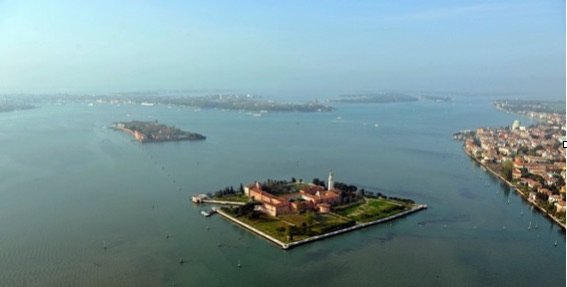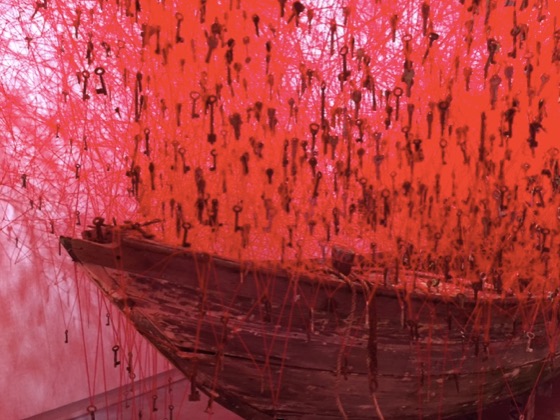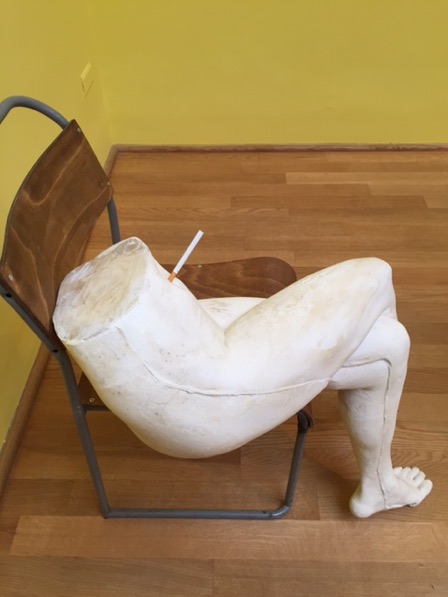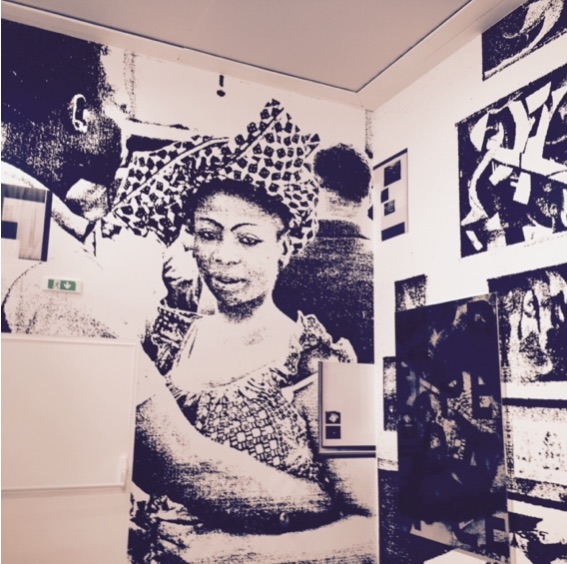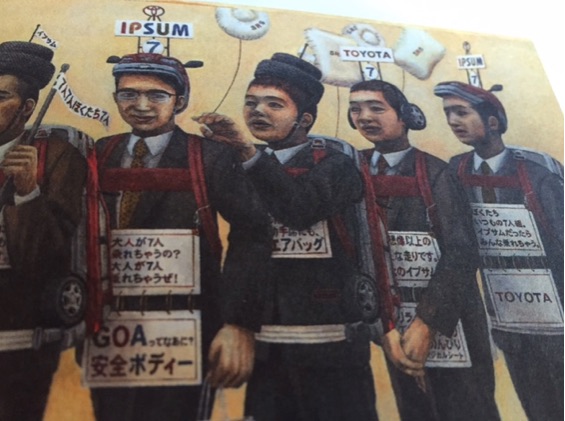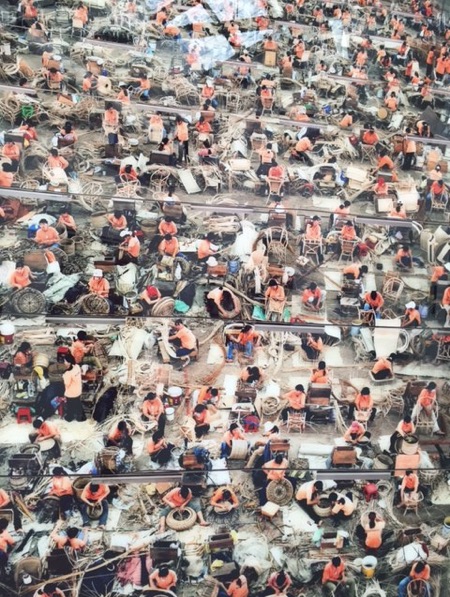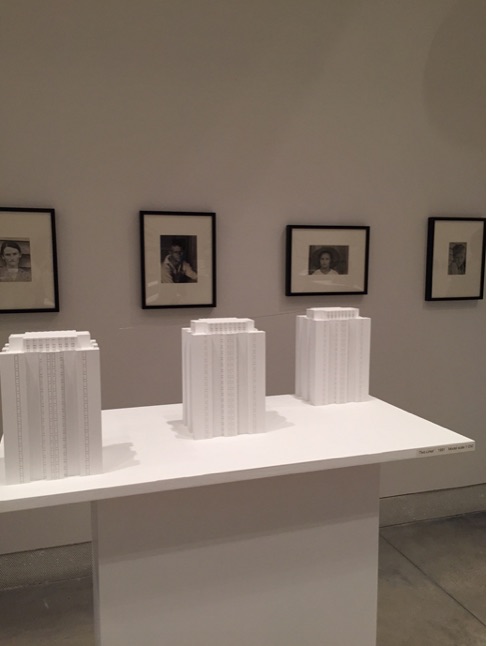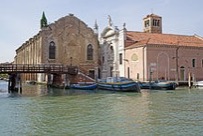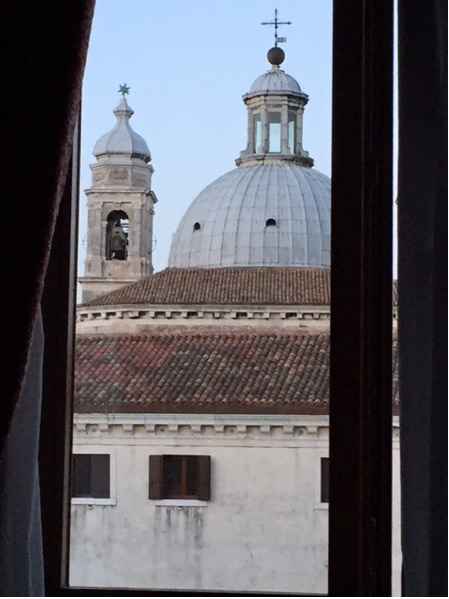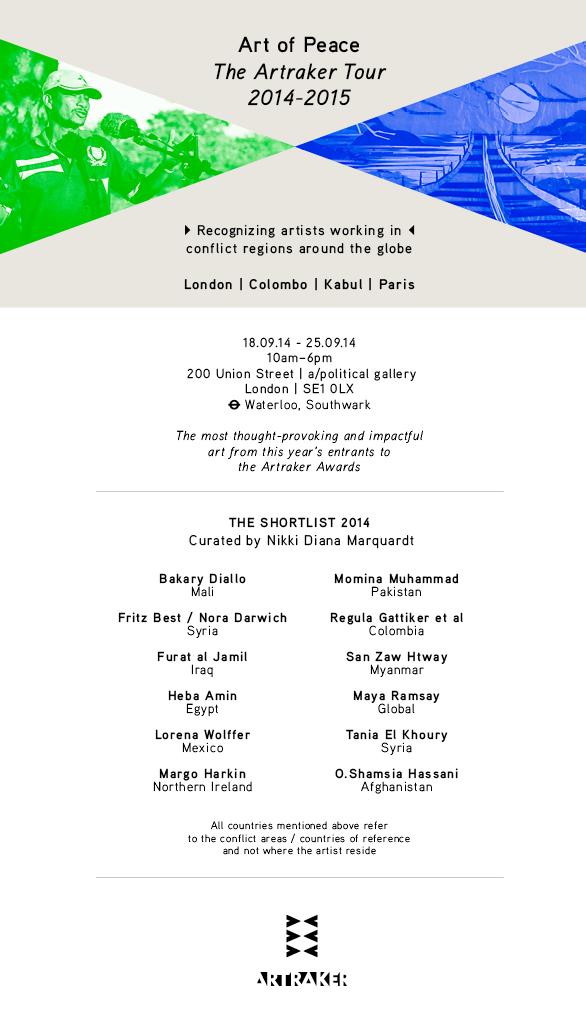The media is overflowing with news of wanton destruction, mindless killing, war and developments that are nightmarish and anathema to our civilization’s principles. We are indeed facing a new era. A paradigm shift in our belief system and what once was an adherence to political correctness and fair play we find ourselves in a maelstrom of contradictory and frightening backlash: a major swing to conservatism and basic existential fear.
Watching a film depicting the obliteration of 3 and 4 thousand year old monuments… cities of ancient civilizations occupied and destroyed systematically and sadistically has given us a kind of collective nausea and the methodical and thorough public exposure of these crimes make us wonder how our civilization has failed.
Our universal heritage and our very physical existence are under attack. The public executions of innocent victims broadcast and exposed in such a very brutal manner initially causing widespread shock and alarm is followed by an impotent silence.
The loss of artifacts and monument belonging to our universal heritage through war and purposeful destruction are not the only nemeses to the preservation of cultural memory.
Looting and selling from museums of priceless objects by ill paid workers and corrupt individuals has also over the years been a blight to museums throughout the world. There are certainly many brave individuals who throughout history have saved works from museums during crises in their countries.
One particular and very inspiring story is that of the director of Afghanistan’s National Museum in Kabul, Omar Khan Massoudi, who saved the Bactrian Gold a priceless 2000 year old treasure which was hidden from the various marauding armies (mujahedeen, Taliban, Russians) for 20 years.
On the other hand in 2003 the troops (American and British) in the coalition fighting Saddam Hussein did nothing to prevent the looting of museums and libraries and as a result 16 Assyrian bronze reliefs from the 9th century B.C. were stolen from the museum in Mosul — a site Islamic State has now targeted as well. Three members of the White House’s Cultural Property Advisory Committee resigned in protest at the time. Beyond a couple of reports, nothing much was done.
Furthermore fire engulfed the National Library in Baghdad between April 10 and 12, 2003, and 70 percent of the inventory at the university library in Basra and a third of the inventory at the university library in Mosul was destroyed. Concurrently, some 15,000 objects were stolen from the National Museum in Baghdad, including jewelry, ceramics, sculptures and a world-famous marble mask from the year 3100 B.C., presumably by professional thieves working for art dealers.
“Stuff happens,” said former U.S. Secretary of Defense Donald Rumsfeld at the time. “Freedom’s untidy.” The loss attributable to art theft in Iraq is estimated at $10 billion (€9.4 billion).
Is this not the worst testimony to the pathetic state of affairs? That a statesman, (if we can give someone like Rumsfeld this respected title), makes such a revealing declaration is clearly an indication of the inability of our society to protect and preserve our heritage.
With the pressure of this doomsday report we are pondering what the future will be. The risk of conflict and violence disturbing our civilization are not the only threats to the protection of cultural memory. There is the ever looming heavy and nonsensical “social media frenzy” that brings us to the edge of the abyss. It is at worst isolating and dehumanizing and at best gives us the feeling we are not alone in our all too inhuman society. However it’s appalling and exaggerated importance permeates society to its roots and clearly opens up a door to a very superficial level of communication which presages a shallow and empty cultural future.
How do we explore society’s unconscious and generate a renewed feeling of belonging and wanting to belong to the collective cultural memory and its aspiration to identify, redefine and revive our cultural goals.
This broad and complicated concept is puzzling …what is cultural memory? Cultural memory preserves the store of knowledge from which a group/civilization derives an awareness of its unity and uniqueness, and which determines its identity. The concept of cultural memory comprises that body of texts, images and rituals specific to each society and its history whose cultivation serves to stabilize and convey that society’s self-image. Obviously the content of such knowledge varies from culture to culture as well as from epoch to epoch. One society bases its self-image on a canon of sacred scriptures, the next on a basic set of ritual activities and the third on a fixed language of forms whose manifestation is architecture and art.
Cultural memory works by reconstructing.
No memory can preserve the past. What remains is only that which society in each era can reconstruct within its contemporary frame of reference. It relates its knowledge to an actual and contemporary context. Cultural memory functions in a twofold manner… first concerning historical archive whose texts and images act as a reference and second in the mode of current historical context giving it a contemporary relevance.
At the same time that we are part of a global village and share so openly, although very superficially, a kind of universal communication and common cultural references the particular and unique cultural memory of each nation, group, civilization deteriorates.
We are today living in a diluted cultural muddle.
Internet is providing general wiki knowledge and references and is available in many languages. How can this replace a book or a scholarly article? Our academic and educational standards like our cultural values are rapidly declining. Greek and Latin are being eliminated from western curriculums… even in societies like France whose pride was a classical educational system. This absurdity is clear. On the other hand if we look at the situation in other countries in conflict and post conflict we see that culture and education are literally placed on the backburner and survival and existential issues are prioritized. This does not mean that culture and education are not important. We must also see that part of our humanitarian interventions into countries that are in the throes of conflict and post conflict should have an educational and cultural program because that aspect of being human is what separates us from other species….an ability to create and evolve intellectually.
In a Syrian refugee camp in Jordan last year two young artists Fritz Best and his wife Noura created an artistic project for the refugees which consisted of drawing their portraits and they would contribute to the artwork with their life stories. Suddenly these refugees existed and their lives did not seem so insignificant. They were given back their humanity.
Culture and education are essential for everyone. Giving only food and shelter to refugees and victims of catastrophe and war is simply not enough. It is food for the soul that is required.
We must remember that the basis of cultural memory is what we choose to reconstruct and preserve from era to era, century to century…. Have we not evolved enough as a civilization to delineate and differentiate between significant knowledge, research and study and what superficial information we can glean from google wiki Facebook twitter etc.? The legacy we leave for the next generations is what will be integrated into the global cultural memory and our universal heritage. It cannot be forgotten that through its cultural heritage a society becomes visible to itself and to others. What things of the past become part of that heritage and which values and aspirations surface clearly indicate how a society is evolving.
With war and destruction, social media fever and inexorable dehumanizing and isolating trends in our societies the cultural future is bleak.
The challenge is clear, and the reinvention and redefining of our educational and cultural values are essential for the advancement of our society. Are we up to the challenge? Can we save ourselves from this seemingly inevitable decline?
Nikki Diana Marquardt
Paris August 16, 2015







